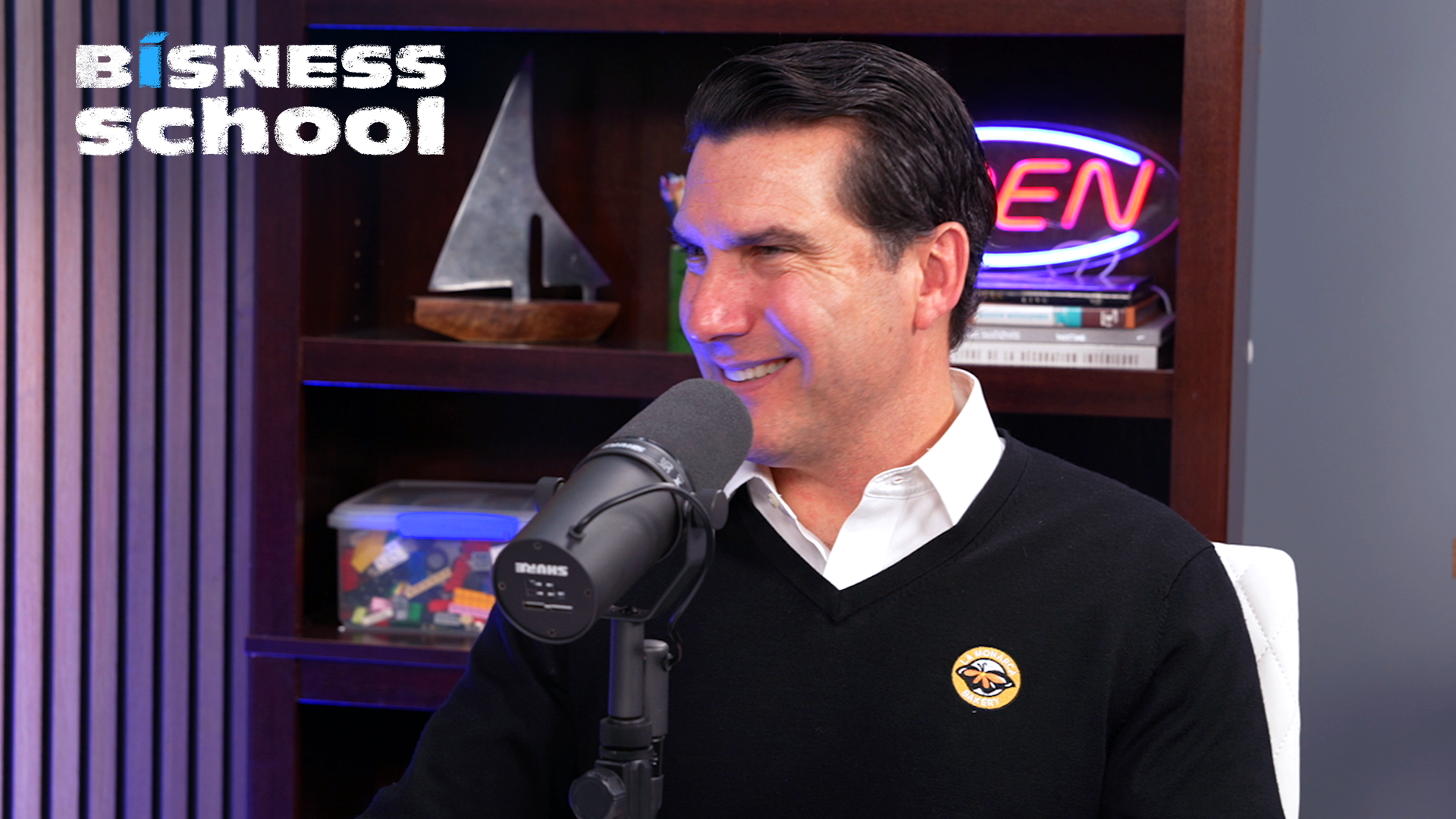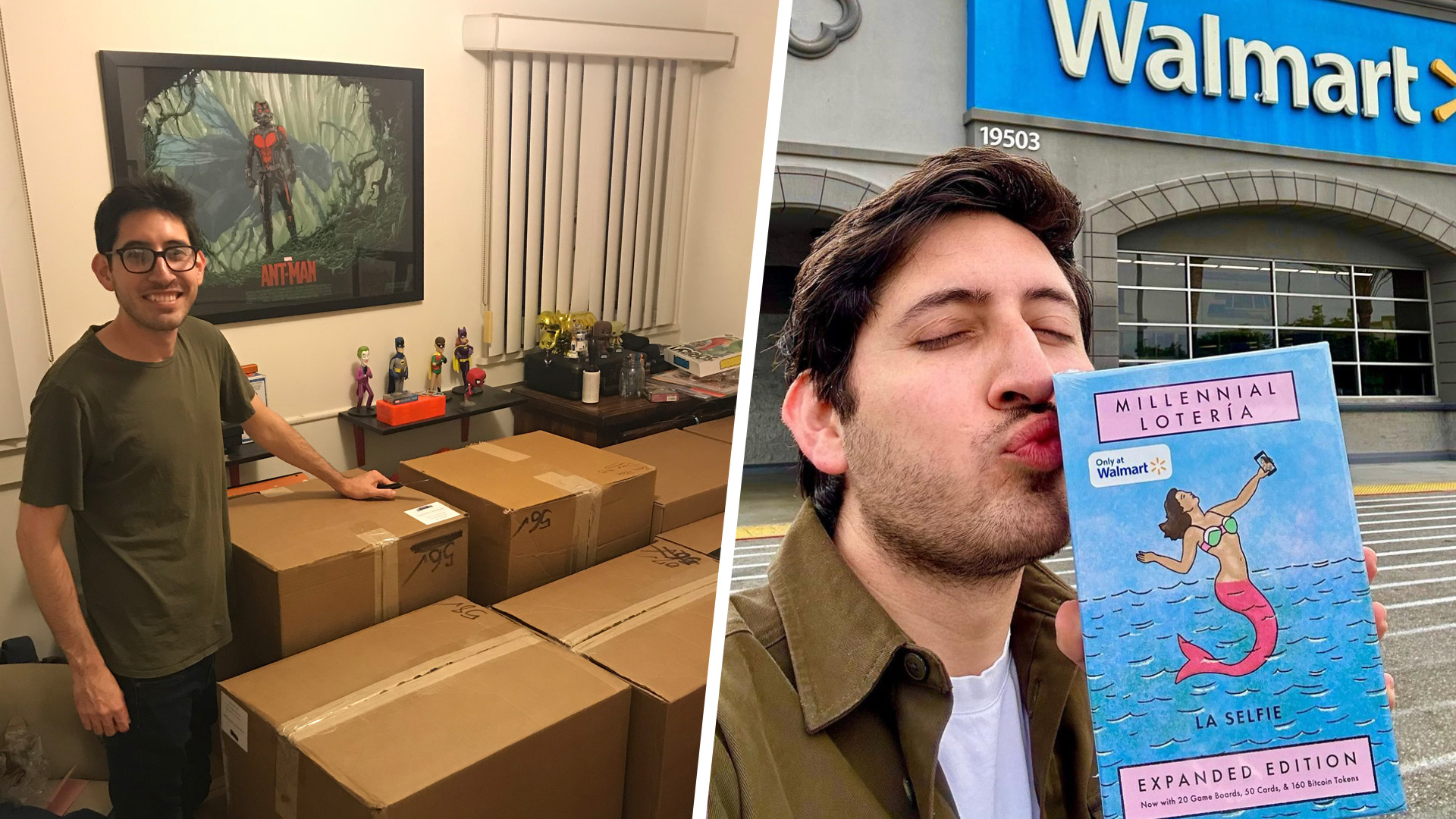Two things have remained consistent in media entrepreneur Pedro Guerrero's life: always have a clear vision and dream big.
"When it comes to the position I'm in now, if I could spend my time thinking about ideas and dreaming about where we could go, that's where I can add the most value to my business and the world," he said.
For Guerrero, a Hayward, California native, having a vision and a dream were the main factors that drove him to create Hispanic Executive, a business magazine focusing on highlighting and spotlighting successful Hispanics across the country.
Get top local stories in Philly delivered to you every morning. >Sign up for NBC Philadelphia's News Headlines newsletter.
Today, Hispanic Executive is one of the most important business magazines for Hispanics in the U.S. From Jessica Alba to former Housing Secretary Julian Castro, the magazine now frequently features Latinos in leading roles nationwide.
But this wasn't always the case. Before Guerrero decided to lead a business magazine, he wanted to be a painter.
California raised, Chicano born
Since his childhood days in Hayward, California, Guerrero has always been surrounded by the arts and creative people.
Both his parents were teachers and fans of Chicano art while his grandmother was a skilled painter who ended up working for the likes of Frank Lloyd Wright.
"I always grew up with an awareness of art and photography... my grandmother was a painter. So art was around my upbringing," Guerrero said.
Guerrero's artistic upbringing led him to pursue studio art and art history majors at Bowdoin College in Maine and subsequently an MFA at the School of the Art Institute of Chicago.
"I had aspirations to be a painter... I was going to show in the best galleries in the world"
Pedro Guerrero
Pivotal moment
Right out of school, Guerrero started working as an art mover, where he was able to transport and hang works of art in homes across Chicago.
"I was able to see incredible work firsthand, handle it, hang it and go to some of the wealthiest homes here in Chicago and see these incredible collections," he said. "But really at the end of the day, I needed to make more money. I mean, that's a reality of life."
Guerrero then switched careers to working for a publishing company, where he would make around 20 calls a day to sell magazine ads. And as it turned out, he was good at it.
"I was on the phone cold calling and calling people to sell advertising in these niche magazines that we published at this company that I worked for, it was old school," Guerrero said.

Despite the rigorous work expectations, Guerrero learned to take rejection kindly and to move forward no matter what.
"You get rejected 90% of the time, but that also conditions you and prepares you for life. As an entrepreneur, you have to pick up the phone. You have to make the call. Nothing is guaranteed," he said.
"That's the same when you're trying to run your own business. It gives you that grit that you need to run your own firm."
But Guerrero's million-dollar idea to create his media company came just as he was talking to a coworker.
"It was a conversation with a colleague who I sat next to about, you know, wouldn't it be cool if we had started our own firm, our own magazine?" he told his coworkers.
And so he decided to take a leap of faith, quit his job and start his own business.
The big break
With his coworker-turned-business associate, Guerrero's first idea was to start a trade magazine for the construction industry.
"I knew the space and so did my partner. And that's where we began," Guerrero said.
But he then quickly moved to start a magazine spotlighting Hispanic business.

"Growing up in Hayward, my dad subscribed to Hispanic Business. It's a magazine that no longer exists, but I remember seeing it... it was an important publication," he said.
Guerrero remembered the magazine as a throwaway publication, made with cheap paper and without the premium design other magazines had at the time.
"I thought, wouldn't it be nice to see Latino stories told in a way that was designed better, written better," he said. "There wasn't anything out there that I saw that told that story."
And so Guerrero got to work, eventually launching his company in 2006 and his first Hispanic business publication one year later.
Road to profitability
Despite huge enthusiasm over the launch of a Hispanic publication, Guerrero said it took a while for the magazine to gain traction and attract ads on its own, launching just before the 2008 financial crisis.
"That brand was very much supported by the activity of the other brands. And it wasn't until we started to invest more into that brand by way of events, that we started to see that brand on its own be much more profitable," Guerrero said.
But despite a weak economy, Guerrero pushed through and got Hispanic Executive through.
"We benefited from our size at the time. It was certainly harder for us in many ways, but we were able to skate by," he said.
"Those early headwinds back in 2008 prepared us and me certainly to be able to tackle even greater headwinds later on down the road."
Onto the big leagues
Although the 2008 financial crisis forced Guerrero to adapt to the changing landscape, it was the COVID-19 pandemic that put his business model to the test.
Among the most important changes was Guerrero's business went from a print and digital magazine to entirely digital.
"We saw an incredible increase in digital engagement with everyone that we spoke to. It forced us to make moves digitally that we had been postponing for the longest time," Guerrero said. "It really fast-tracked our digital evolution."
Another big change was the company went entirely remote and closed down its physical office space.
"I was very much old school in that I didn't really believe in remote working," Guerrero said. "We were able to become agile and move quickly, which is something that I didn't think we could do going into it."
"The things that we've been doing for the first 15 years of existence that we've been wanting to change for so long. Well, COVID provided the opportunity to do so, for better or for worse."
But despite all the changes, the pandemic also allowed Guerrero to score some of the magazine's biggest interviews, including Vice President Kamala Harris.

Guerrero said it all started right after they interviewed someone who knew the vice president, and through some back and forth he was able to score the interview as a way for Harris to connect with Latinos.
"I was able to connect with the vice president in a way that I found valuable. I ended up interviewing her on the podcast. And so that connection carried over, I think, I hope, in the interview we had," Guerrero said.
"She's an incredible leader. Incredible poise, warm and I was just impressed by her dexterity of the subjects that she was talking about throughout the entire course of our our our journey together."
Networking is the name of the game
While Hispanic Executive is one of Guerrero's most prized accomplishments, he's also the co-founder and CEO of its parent company, Guerrero. The company operates a series of publications as well as Guerrero Search, a service that helps companies recruit executives.
"When we're in quarantine, I remember hearing a lot of chatter from titans of industry saying they couldn't find qualified, you name it," Guerrero said. "I just couldn't believe that people still in 2020 were saying they couldn't find qualified Latino talent."
With the network of executives he interviewed for Hispanic Executive throughout the years, Guerrero was then able to create a service that connects them with talent in Los Ángeles.
Eighteen years and over 70 editions later, Hispanic Executive magazine is still highlighting the success stories of Hispanics across the country in business, tech, and politics.
Pedro Guerrero was interviewed for Bísness School, a series that tells the inspiring stories of Latino founders. Subscribe to Bísness School wherever you get your podcasts to get future episodes automatically. Remember, Business school is expensive. Bísness School is free.




